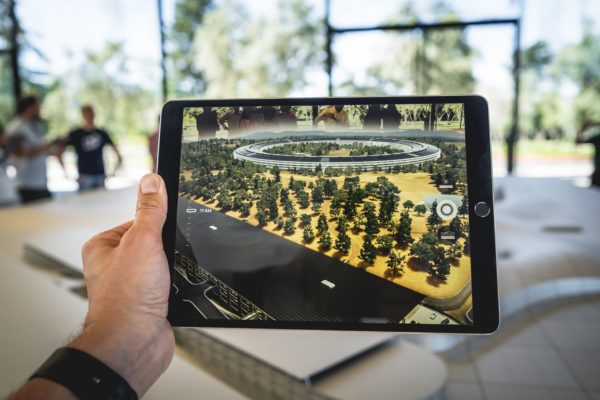New research has discovered how to overcome a major drawback in using microfluidic devices as a diagnostic tool.
The integration of electrochemical sensors into microfluidic devices — or lab-on-a-chip technology — is heralded as the next big thing in cutting-edge diagnostics. The devices can analyse minute quantities of liquid, such as a drop of blood or water, for the presence of disease markers or environmental pollutants by measuring — or sensing — the electrochemical reactions occurring at an electrode surface.
Although it’s one of the most rapid and sensitive techniques for quantifying specific chemical compounds or molecular “analytes” (the substance whose chemical constituents are being identified and measured), the technology has been hampered by the issue of ‘biofouling’.
“The ability to detect molecules electrochemically requires the surface of the sensor to be contamination free, which makes this sensing technique particularly susceptible to the effects of surface fouling from unwanted adhesion of biomolecules such as proteins, lipids, or polysaccharides,” said Dr Wren Greene, a biophysicist and research fellow with Deakin University’s Institute for Frontier Materials.
“Traditionally, surfaces are protected against biofouling using anti-adhesive coatings such as polyethylene glycol. Unfortunately, coating electrochemical sensors with these traditional anti-adhesives has the same disastrous fouling effects on the sensor’s electrochemistry as the biomolecules they are protecting against.
“Permselective membranes — thin polymer or inorganic membranes with miniscule holes that form a physical barrier isolating the sensor from fouling molecules — are also susceptible to biofouling. They are also individual components that are challenging to integrate into tiny microfluidic devices. Often, the device has to be designed around the membrane, which adds another level of complexity,” Dr Greene said.
However, using lubricin protein — the lubricating material found in the synovial joints of all mammals — to prevent the biofouling of electrochemical sensors provides an attractive alternative to the costly and difficult-to-use permselective membranes for disposable electrochemical based biosensors.
The development of the new method, recently published in the journal “Advanced Materials Interfaces,” builds on Dr Greene’s previous research into potential applications for the special properties of lubricin.
[testimonial_text]Coating the surface of the sensor with a lubricin solution performs the same function as a permselective membrane, with essentially zero impact on the sensor’s function.[/testimonial_text]
[testimonial_picture name=”Dr Wren Greene” details=”Deakin Institute for Frontier Materials”]
 [/testimonial_picture]
[/testimonial_picture]The unique structure of lubricin allows it to self-assemble onto virtually any surface to form a carpet-like coating of molecular loops with impressive anti-adhesive properties. Dr Greene and his team have shown that these loops are packed tightly enough to prevent large proteins and biopolymers from penetrating the layer while being spaced far enough apart that smaller analyte molecules can diffuse through the loops relatively unimpeded to reach the substrate surface underneath.
“The process is like spilling dirt on a carpet—large rocks and pebbles can’t penetrate the carpet fibres, but tiny grains of sand will filter through to reach the floor underneath,” Dr Greene explained.
“It requires very little protein to coat a surface — around 1000 nanograms of protein to coat one square centimetre — which makes it a cheaper alternative to permselective membranes. It’s also quick, as the lubricin coating can be applied in minutes and the properties of the coating are the same every time.
“This method is easy to incorporate into microfluidic devices and will make it possible to develop fouling-resistant sensors, with extended lifespan of the electrochemical sensor and enhanced sensitivity.”
Published by Deakin Research on 12 February 2018



